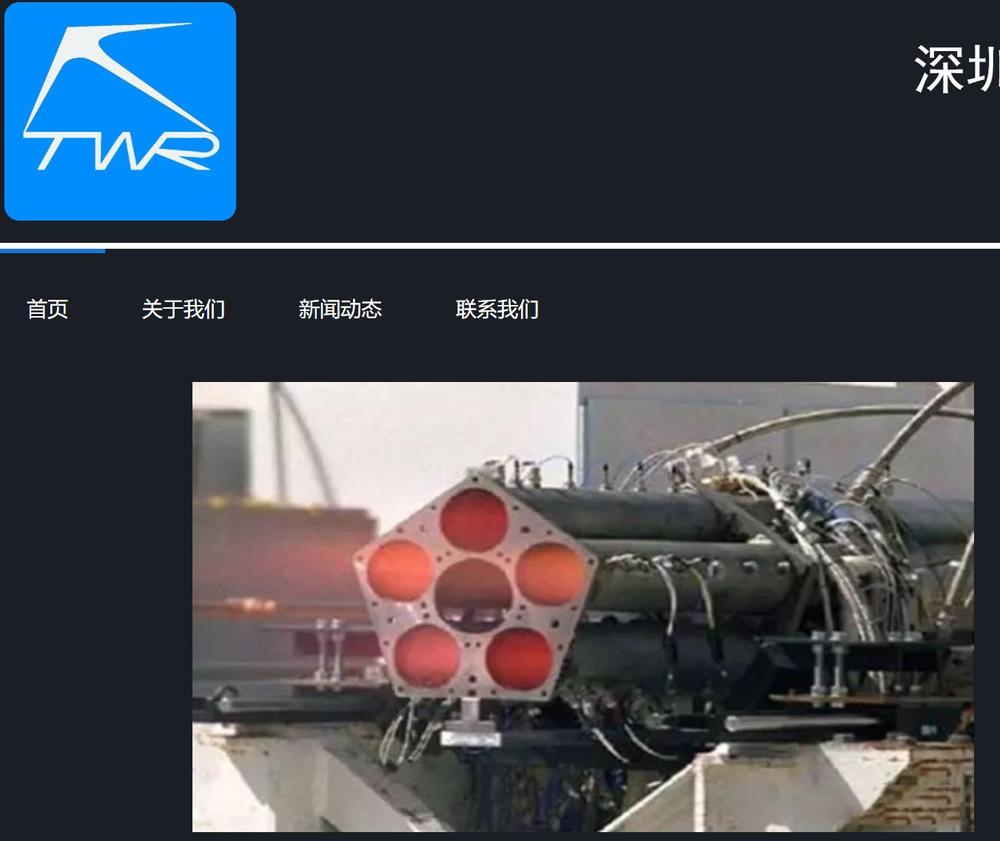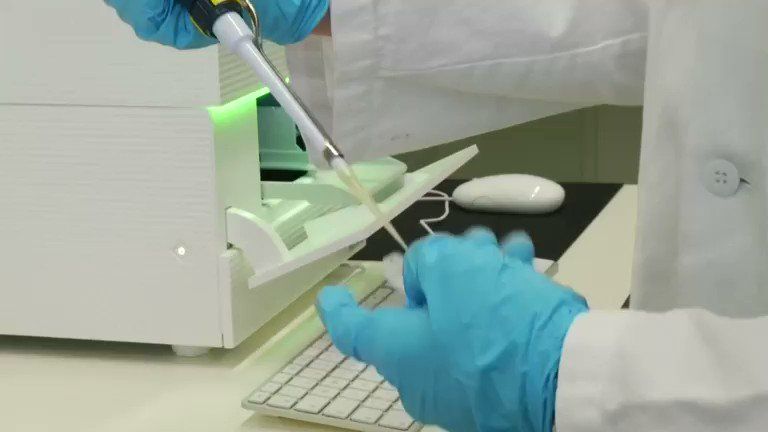Their niche is pulse detonation engines. http://www.




Tesla has released a video showing the first delivery of a vehicle to a customer using a Tesla Semi electric truck prototype – showing a glimpse of a future with zero-emission electric vehicle deliveries.
Over the last few quarters since Model 3 production has been somewhat sustainable at high volume, Tesla has had issues delivering the high numbers of vehicles.
At one point, it even started building its own car carriers and more recently, the company bought car-hauling trucks and trailers with $13 million in equity.

New book calls Google, Facebook, Amazon, and six more tech giants “the new gods of A.I.” who are “short-changing our futures to reap immediate financial gain”.
A call-to-arms about the broken nature of artificial intelligence, and the powerful corporations that are turning the human-machine relationship on its head.
We like to think that we are in control of the future of “artificial” intelligence. The reality, though, is that we—the everyday people whose data powers AI—aren’t actually in control of anything. When, for example, we speak with Alexa, we contribute that data to a system we can’t see and have no input into—one largely free from regulation or oversight. The big nine corporations—Amazon, Google, Facebook, Tencent, Baidu, Alibaba, Microsoft, IBM and Apple—are the new gods of AI and are short-changing our futures to reap immediate financial gain.
In this book, Amy Webb reveals the pervasive, invisible ways in which the foundations of AI—the people working on the system, their motivations, the technology itself—is broken. Within our lifetimes, AI will, by design, begin to behave unpredictably, thinking and acting in ways which defy human logic. The big nine corporations may be inadvertently building and enabling vast arrays of intelligent systems that don’t share our motivations, desires, or hopes for the future of humanity.

One persistent illusion is that physical objects only interact with other objects they are close to. This is called the principle of locality. We can express this more precisely by the law that the strengths of forces between any two objects falls off quickly—at least by some power of the distance between them. This can be explained by positing that the bodies do not interact directly, but only through the mediation of a field, such as an electromagnetic field, which propagat…
The intuitive idea that objects influence each other because they’re in physical proximity is soon to become another of those beliefs that turn out to be wrong when we look deeper.

For the association between nutrient intake and the risk of death, the researchers found:
Adequate intake of certain nutrients is associated with a reduction in all-cause mortality when the nutrient source is foods, but not supplements, according to a new study. There was no association between dietary supplement use and a lower risk of death.
In addition, excess calcium intake was linked to an increased risk of cancer death, which the researchers found was associated with supplemental doses of calcium exceeding 1,000 mg/day. The study was published on April 9 in Annals of Internal Medicine.
“As potential benefits and harms of supplement use continue to be studied, some studies have found associations between excess nutrient intake and adverse outcomes, including increased risk of certain cancers,” said Fang Fang Zhang, M.D., Ph.D., associate professor at the Friedman School of Nutrition Science and Policy at Tufts University and senior and corresponding author on the study. “It is important to understand the role that the nutrient and its source might play in health outcomes, particularly if the effect might not be beneficial.”

In the 2018 movie Avengers: Infinity War, a scene featured Dr. Strange looking into 14 million possible futures to search for a single timeline in which the heroes would be victorious. Perhaps he would have had an easier time with help from a quantum computer. A team of researchers from Nanyang Technological University, Singapore (NTU Singapore) and Griffith University in Australia have constructed a prototype quantum device that can generate all possible futures in a simultaneous quantum superposition.
“When we think about the future, we are confronted by a vast array of possibilities,” explains Assistant Professor Mile Gu of NTU Singapore, who led development of the quantum algorithm that underpins the prototype “These possibilities grow exponentially as we go deeper into the future. For instance, even if we have only two possibilities to choose from each minute, in less than half an hour there are 14 million possible futures. In less than a day, the number exceeds the number of atoms in the universe.” What he and his research group realised, however, was that a quantum computer can examine all possible futures by placing them in a quantum superposition – similar to Schrödinger’s famous cat, which is simultaneously alive and dead.
To realise this scheme, they joined forces with the experimental group led by Professor Geoff Pryde at Griffith University. Together, the team implemented a specially devised photonic quantum information processor in which the potential future outcomes of a decision process are represented by the locations of photons – quantum particles of light. They then demonstrated that the state of the quantum device was a superposition of multiple potential futures, weighted by their probability of occurrence.

A resupply mission to the International Space Station (ISS) has made record time, traveling from Earth to the space station in just three hours and 21 minutes. The Soyuz-2.1a carrier rocket with a Progress MS-11 cargo spaceship was launched from the Russian space Agency Roscosmos’ Baikonur Cosmodrome in Kazakhstan at 7:01 a.m. on Thursday, April 4.
The super speedy travel time was possible due to a change in how resupply craft approach the ISS. Before, the resupply craft would have to orbit around the Earth dozens of times in order to catch up with the speed of the space station. But now there is a “fast-track” launch which allows the craft to catch up to the station in just two rotations. The resupply craft is launched less than a minute before the space station passes overhead of the launch site, so the craft can catch up to the station more quickly.
Nick Hague, an astronaut aboard the ISS, tweeted his approval of the achievement. “The progress resupply vehicle made record timing as it launched and docked to the station in under three and a half hours,” he said. “Pretty impressive!” The people of Twitter were impressed too. “…quicker than JFK-LAX!” one person commented.
